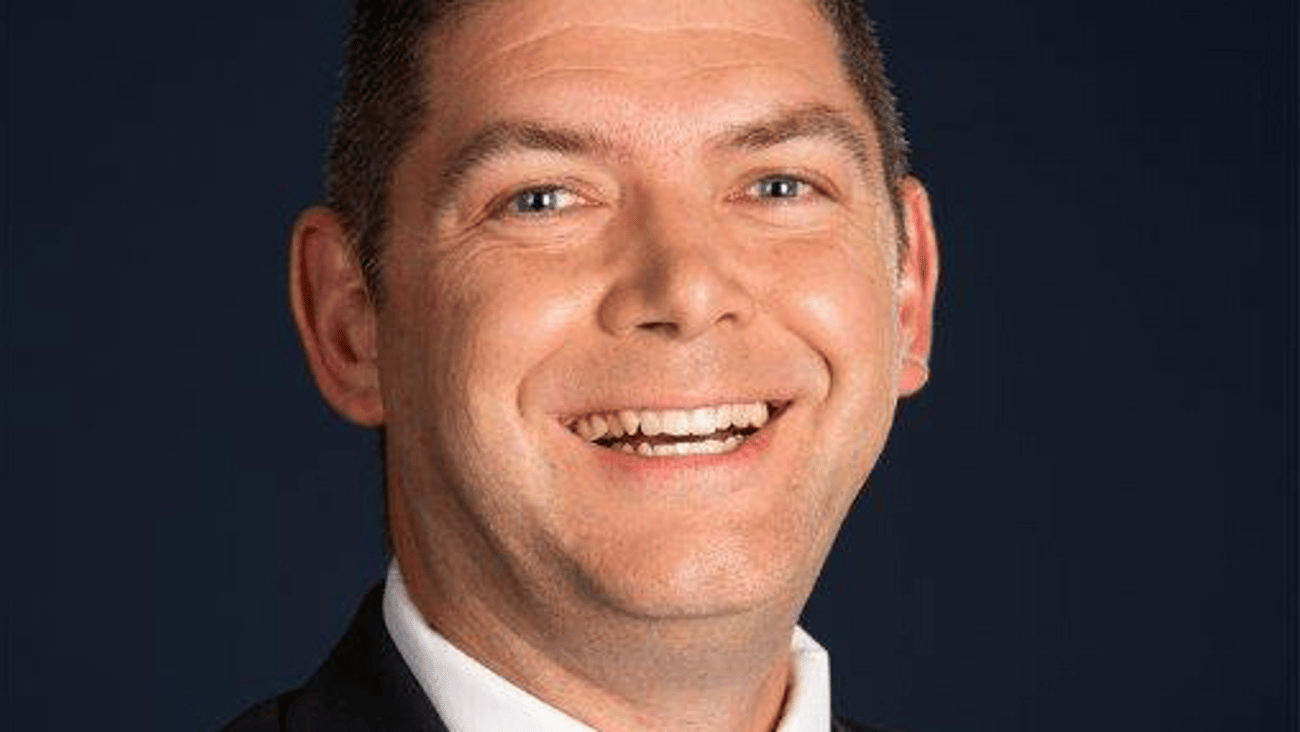Confessions of a conference speaker – Part 3
I believe that I have shared before that I write these blogs in groups. It is not uncommon for me to sit down and write three or four at a time and send them off to Jane the super-editor. (Shout out to Jane, who makes things work!). In this session, I am now writing my sixth blog and if you would have told me at the beginning, I would be doing several blogs on speaker confessions, I most definitely would have denied it. But here we are on Confession #3.
When you are communicating with someone, whether it be a single person or an entire audience (as with a public speaker), it is not just for information, but for transformation.
The thing about transformation is that it often takes place in a series of steps. So, we must show people the next step they can take.
This was a lesson that I did not grasp as a young pharmacist or when I first started speaking.
Perhaps the best way I can describe it is like this: We often look at the patient (or team member) as a cup. When we speak to them, the information we share is like adding water into the cup. We erroneously believe that once we give them enough information (water) they will magically start doing the right thing. This is not always the case. In fact, I would go so far as to suggest it is rarely the case!
Many years ago, I would teach this exact lesson to a group of new pharmacy school grads at a board review session. I would get someone to come to the front of the room and have them hold an empty cup and I would start to pour water into the cup. Each time I would pour until the cup would overflow. This would typically get a reaction from the student holding the cup and the larger room. Why did this happen? Because I did not instruct them on the next step to take.
If I would have told them to pull the cup away when it was full enough and I would stop, that is what would have happened. Instead, we stand there with me pouring water all over the place and the student in disbelief.
The same thing can happen with our patients and the teams we lead. They can know we want to move to a better place and there can be all sorts of great information. But if the next step is not clear, it is not taken.
Let me give you an example. I was recently doing some counselling exercises with some students. I was a patient with high cholesterol and a bad diet. So, many of the students simply instructed me to adopt a better diet. The fact of the matter is the advice is true. However, without clear instruction, the advice will not be taken.
So, let me ask you something: Do you show the people you lead the next step? A simple way to evaluate if you are effective at doing this is to ask the people we lead what they are going to do differently based on the conversations you have.
Until next time –
Jesse McCullough, PharmD
Connect with Jesse on LinkedIn



